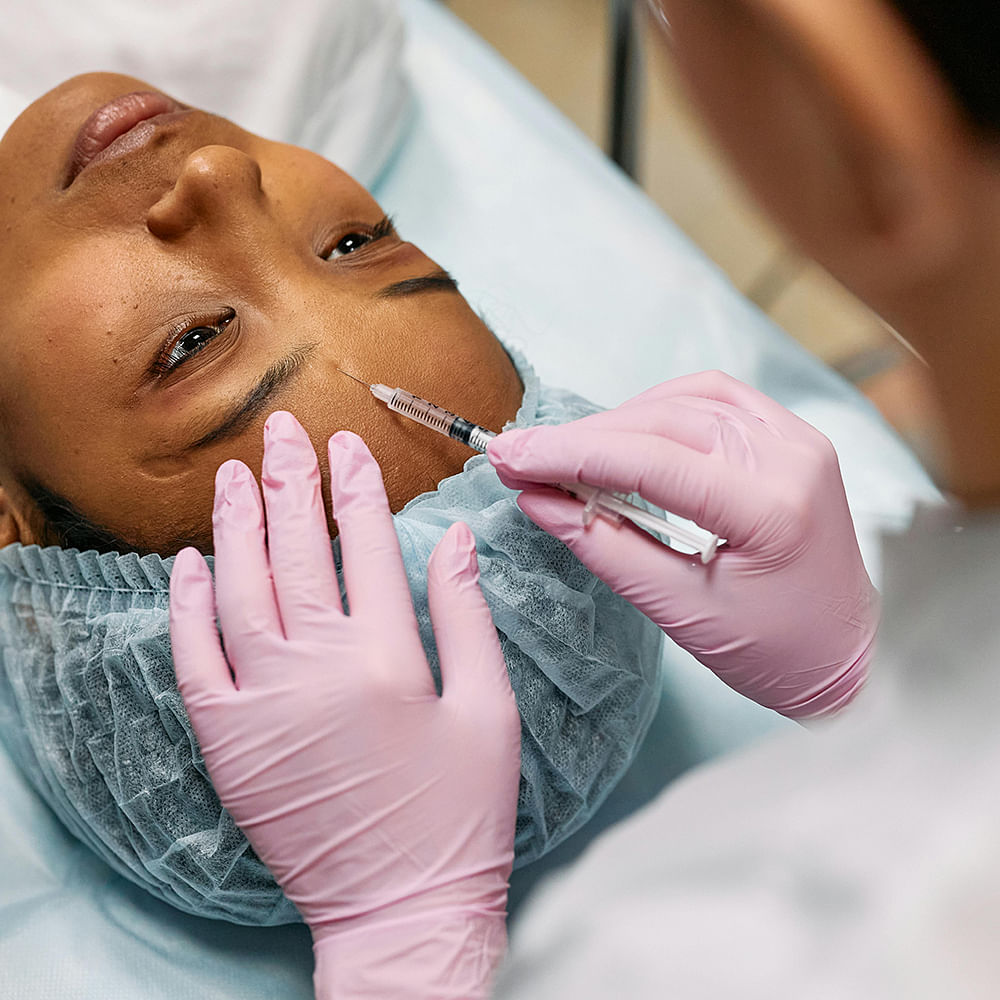Getting smooth skin when life is throwing a thousand stressors your way is not easy. Sure, a good diet and the right skincare help, but some scars just decide to overstay like Alan Harper from Two and a Half Men. The good news is that no matter how permanent or hopeless they seem, there are cosmetic procedures that can smooth things out and give your skin that instant glow-up. One such procedure is microneedling. And since we’re no experts ourselves, we got in touch with someone who is — Dr. Chiranjiv Chhabra — a renowned celebrity dermatologist and founder of Alive Wellness Clinics to break it down for us!
Everything About Microneedling: What Is It, Benefits, Procedure, And More
What Is Microneedling?
Microneedling is a minimally invasive cosmetic procedure that involves making tiny punctures in the epidermis using sterile, thin needles. By encouraging your skin's natural healing response, this controlled "micro-injury" procedure increases the production of collagen and elastin. Although microneedling is most commonly used for facial rejuvenation, it can also be used on the neck, back, legs, and other parts of the body.
Benefits Of Microneedling
- It reduces ageing signs like fine lines, wrinkles, and sun damage.
- Fades scars, stretch marks, and hyperpigmentation.
- Leads to smoother skin texture and fewer breakouts.
- It creates micro-channels that allow products to penetrate deeper, leading to better absorption.
- Minimal downtime—skin typically recovers in just 1–3 days.
Who Should — and Shouldn’t — Opt for Microneedling?
Ideal Candidates:
Microneedling suits individuals with acne scars, enlarged pores, wrinkles, pigmentation, stretch marks, or dull skin needing rejuvenation and glow. One of the best things about this treatment is that it benefits most skin types—normal, oily, dry, or combination—and is safe for all tones when done professionally.
Who Should Avoid It:
If you have active skin infections, open wounds, eczema, psoriasis, keloid history, or bleeding disorders, then this treatment isn’t for you.
The Microneedling Procedure
Pre-Care For Microneedling:
- It is advised to avoid anti-inflammatory medications, alcohol, and fish oil for at least three days prior, as these can increase bleeding risk.
- Do not apply retinoids and exfoliating acids for at least 48 hours before the treatment.
- Make sure the skin is properly hydrated and does not have any open abrasions or cystic acne.
- Reach the clinic with clean, makeup-free skin.
During The Procedure:
- Your provider will clean your skin and apply a numbing cream to minimise the discomfort for 30–45 minutes prior to the treatment.
- The provider will use a sterile handheld roller or electric device and move the needles gently across your skin. They will adjust the needle depth as per your skin’s needs.
- A little warmth, tingling, or a scratching sensation is normal, especially near bony areas.
Post-Care For Microneedling:
- You can expect redness and mild swelling for a few days. For this, a cold compress can be used to minimise irritation.
- Do not go into direct sunlight after the treatment, and always use sunscreen with 50+ SPF, such as Alive and Well, which comes with PA ++++.
- Keep skin hydrated with a gentle moisturiser.
- It is advised not to apply makeup, go for strenuous exercise, or swim for the next 24 hours post-treatment.
- Let your skin heal naturally and avoid picking and exfoliating the flaky skin.
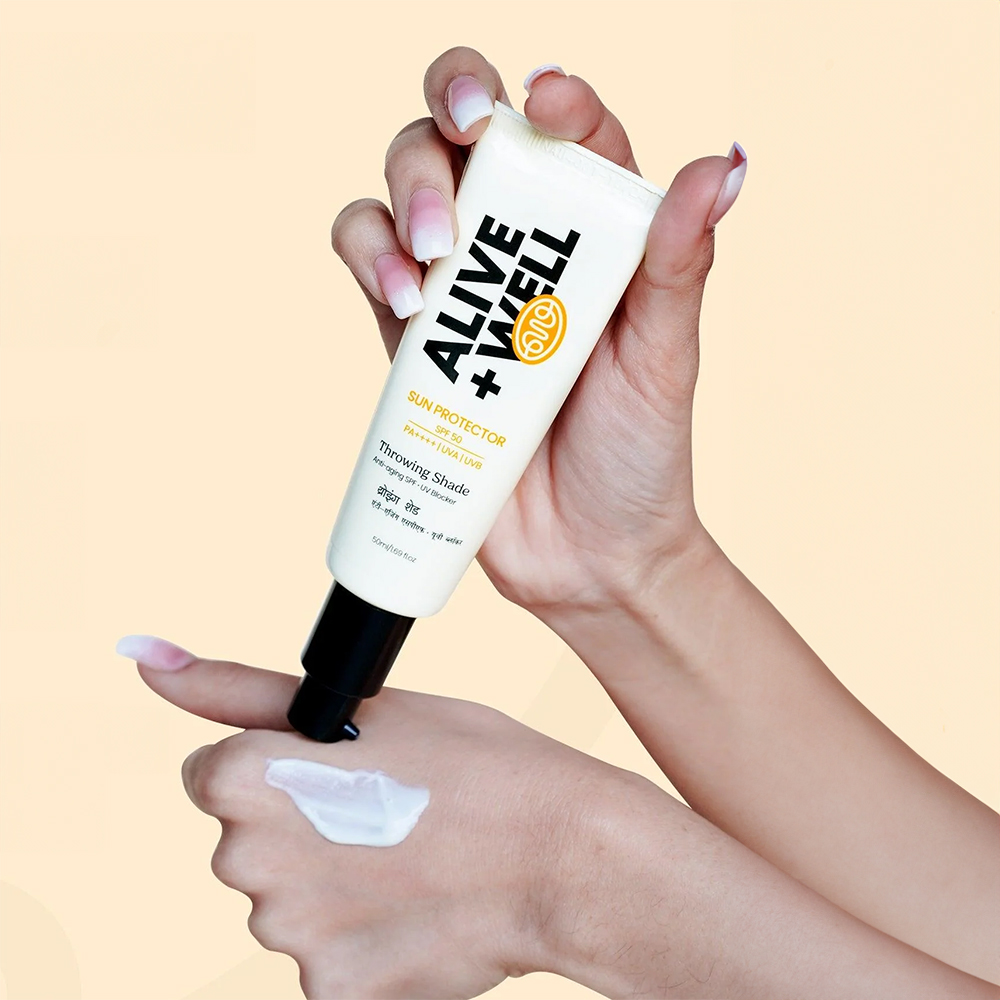
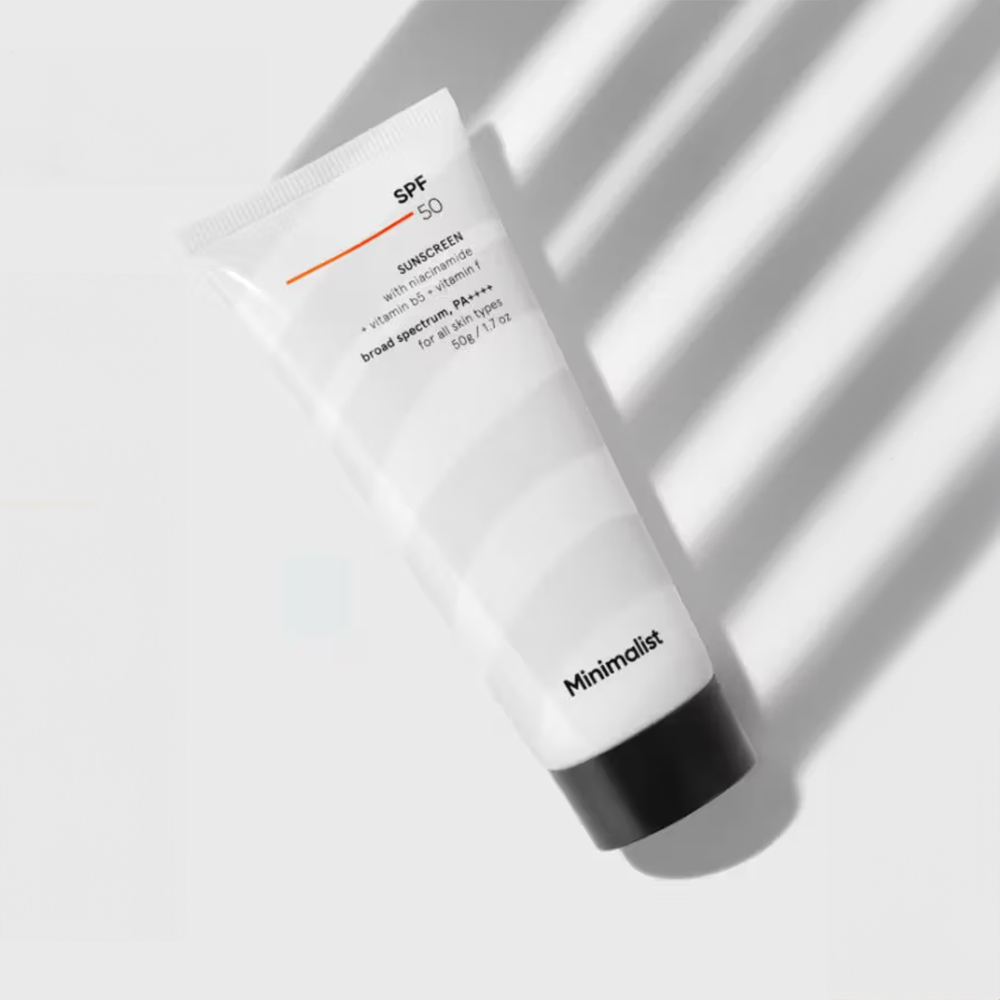

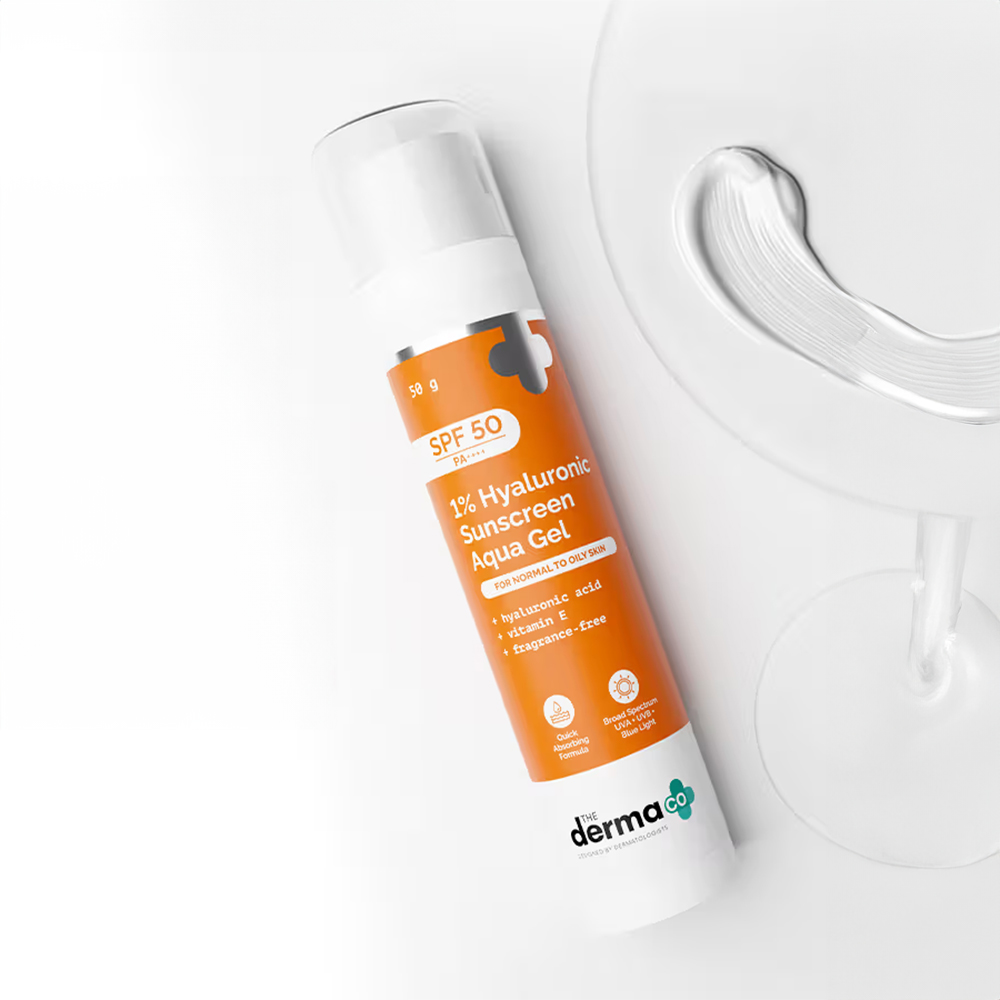

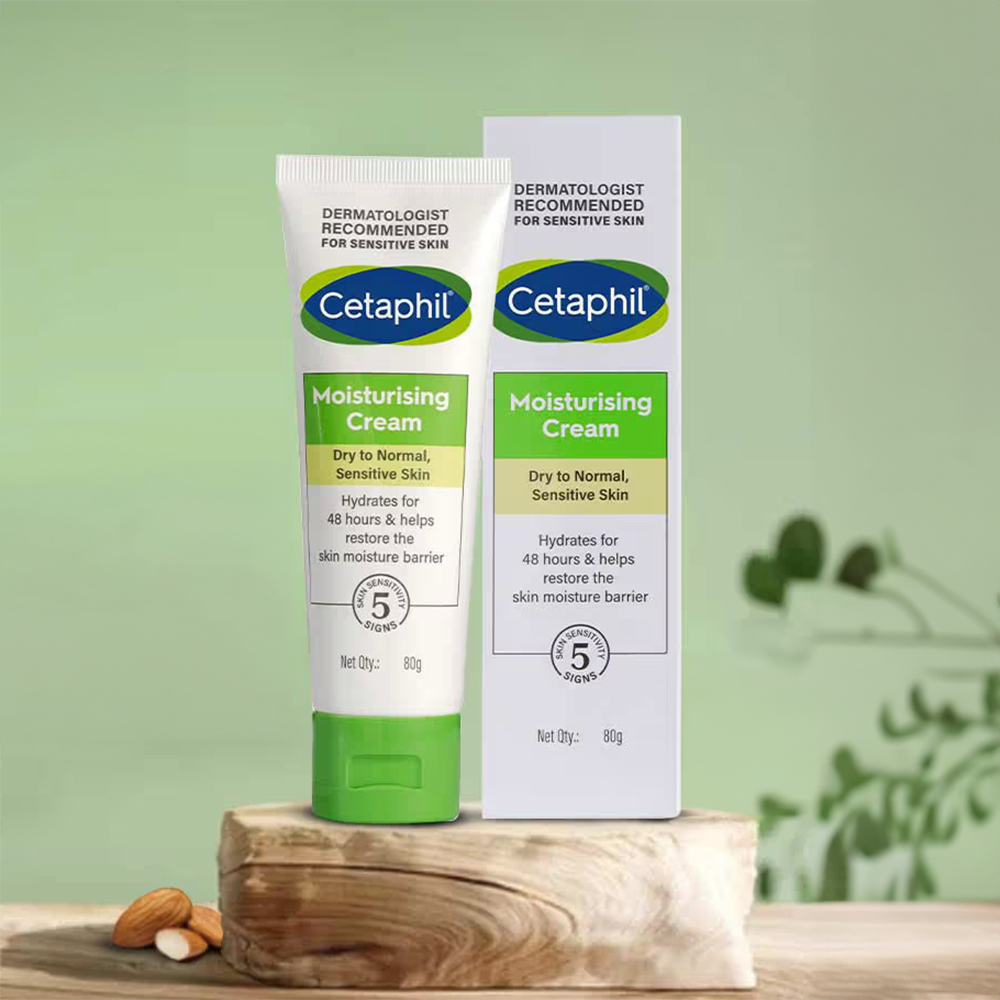

Risks Involved In Microneedling
Although microneedling is considered to be a safe treatment when done by trained professionals, some of the risks involved are:
- Infections caused due to non-sterilised equipment
- Scarring or permanent texture change
- Hyperpigmentation or hypopigmentation
- Allergic reactions to serums or topical agents used during/after the procedure
Potential Side Effects of Microneedling
- Mild redness and swelling can be experienced.
- A slight bruising or pinpoint bleeding often happens at the treated site.
- Temporary dryness, tightness, or light peeling, but it is part of skin recovery.
- A sensation of mild discomfort or warmth is common.
- Rare side effects like small white bumps (milia) or visible blood vessels can occur.
Key Things To Keep In Mind
Dos:
- Always go for a licensed, experienced professional.
- Do tell your doctor about all your skin conditions, medications, and allergies before your session.
- Do follow all pre- and post-care instructions given by your doctor carefully for best results.
Don'ts
- Don’t attempt microneedling at home as it has risks of infection and scarring.
- Don’t use retinol, azelac, glycolic & salicylic acid-based products until your skin has fully healed.
- Do not expose your skin to direct sun post-treatment.
- Don’t pick, scratch, or exfoliate the healing skin.

